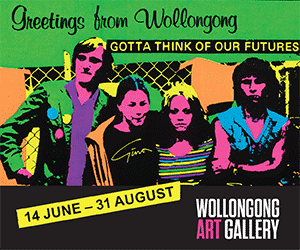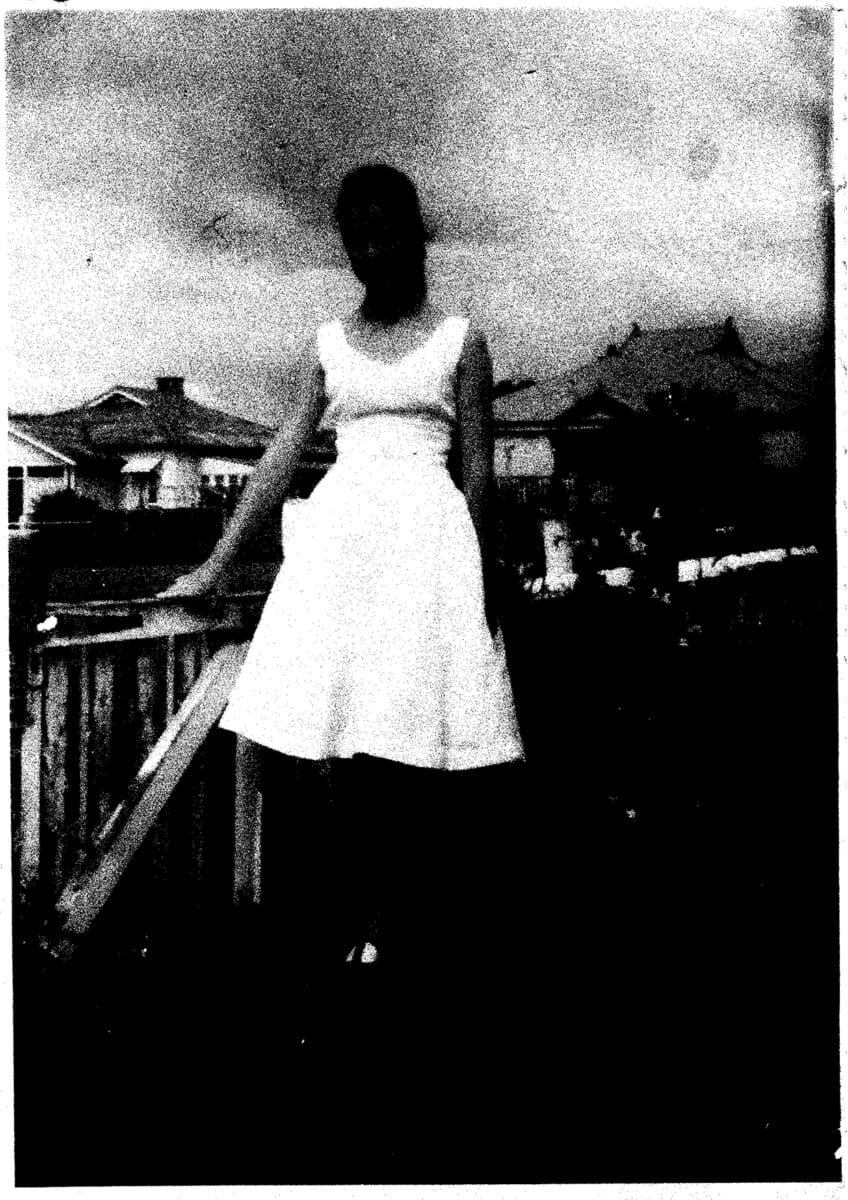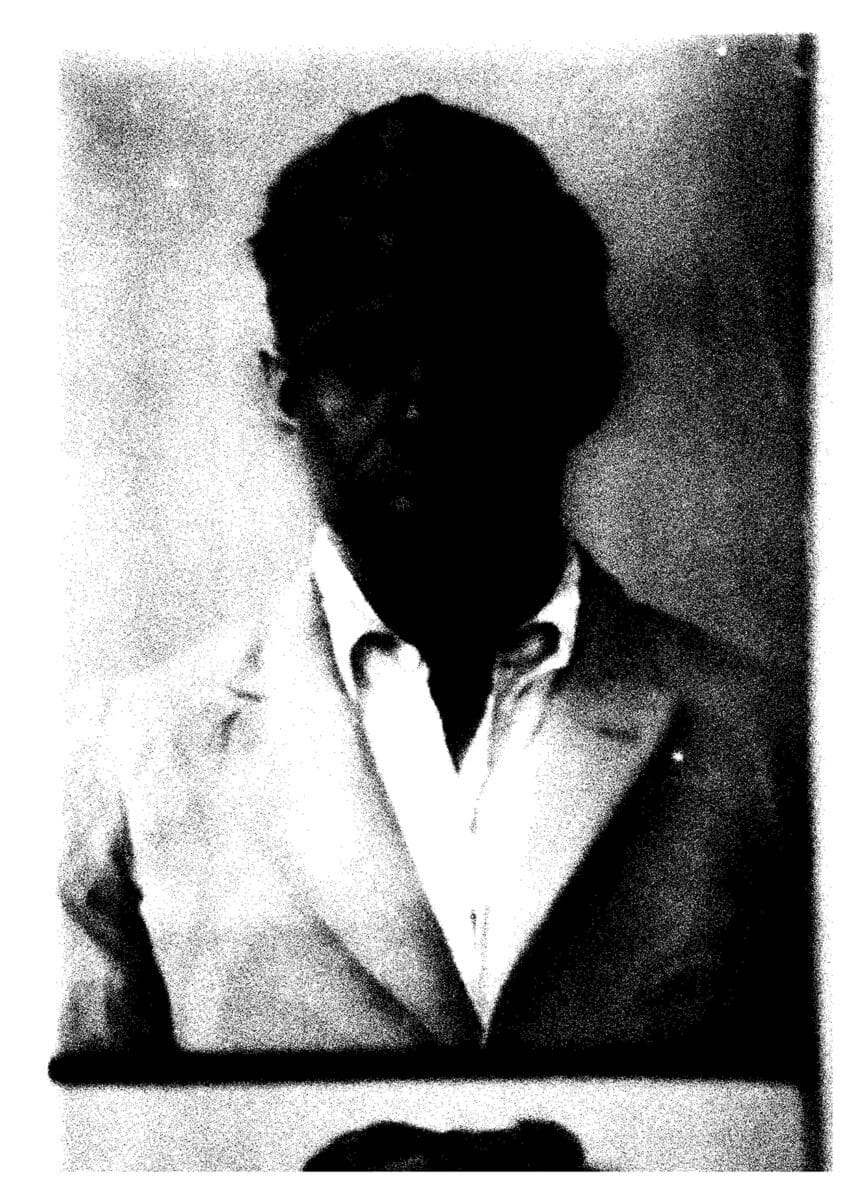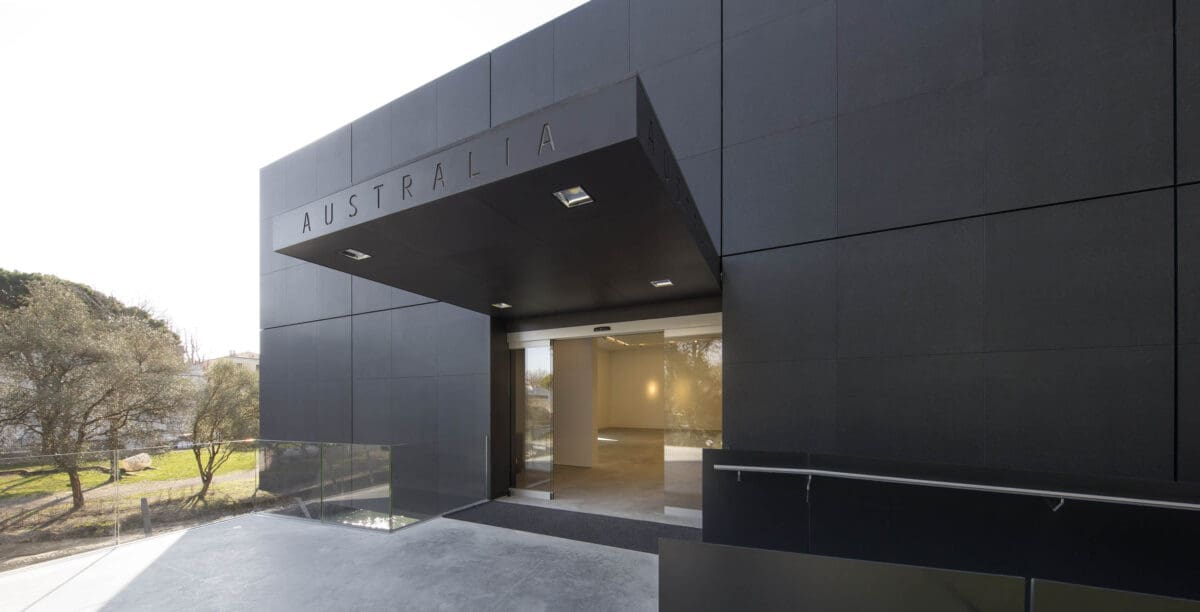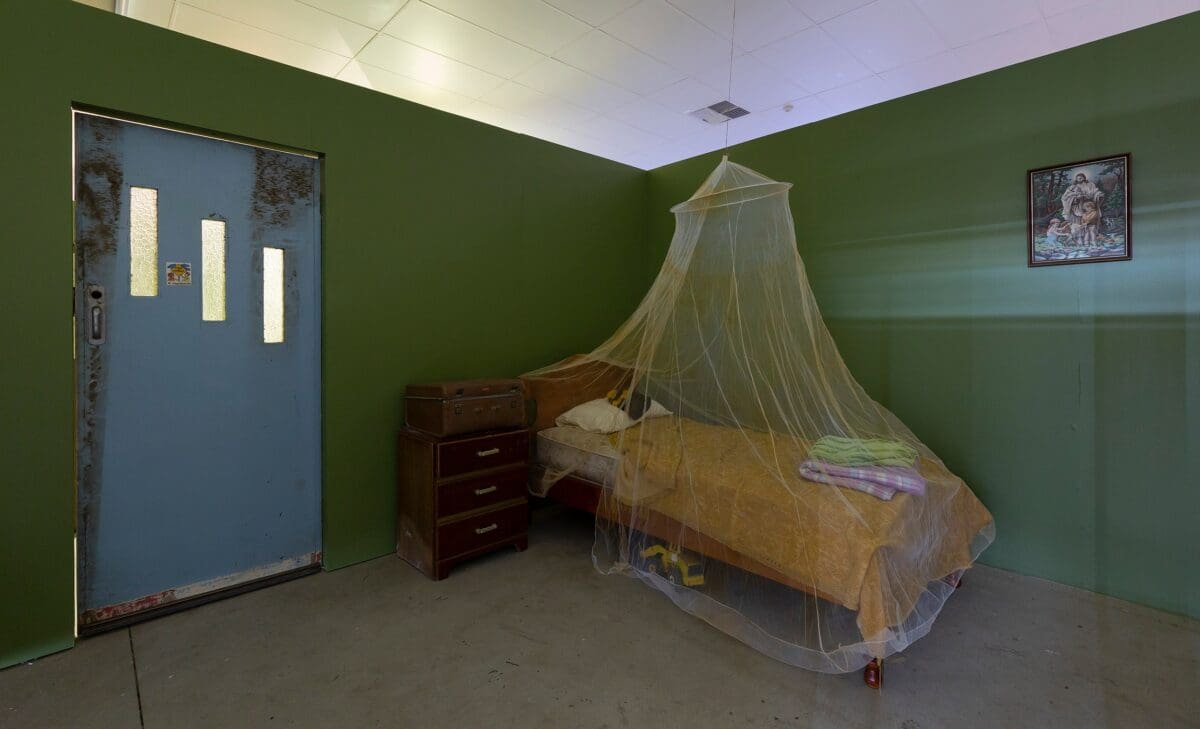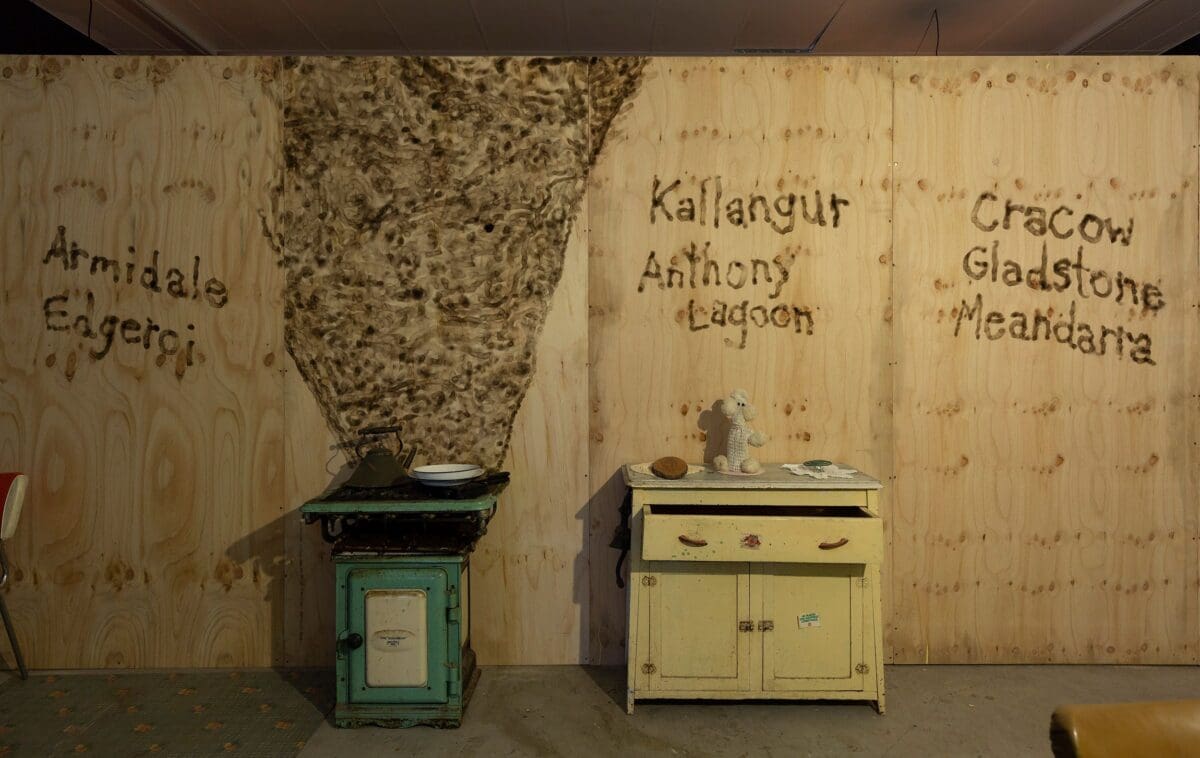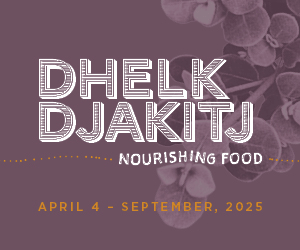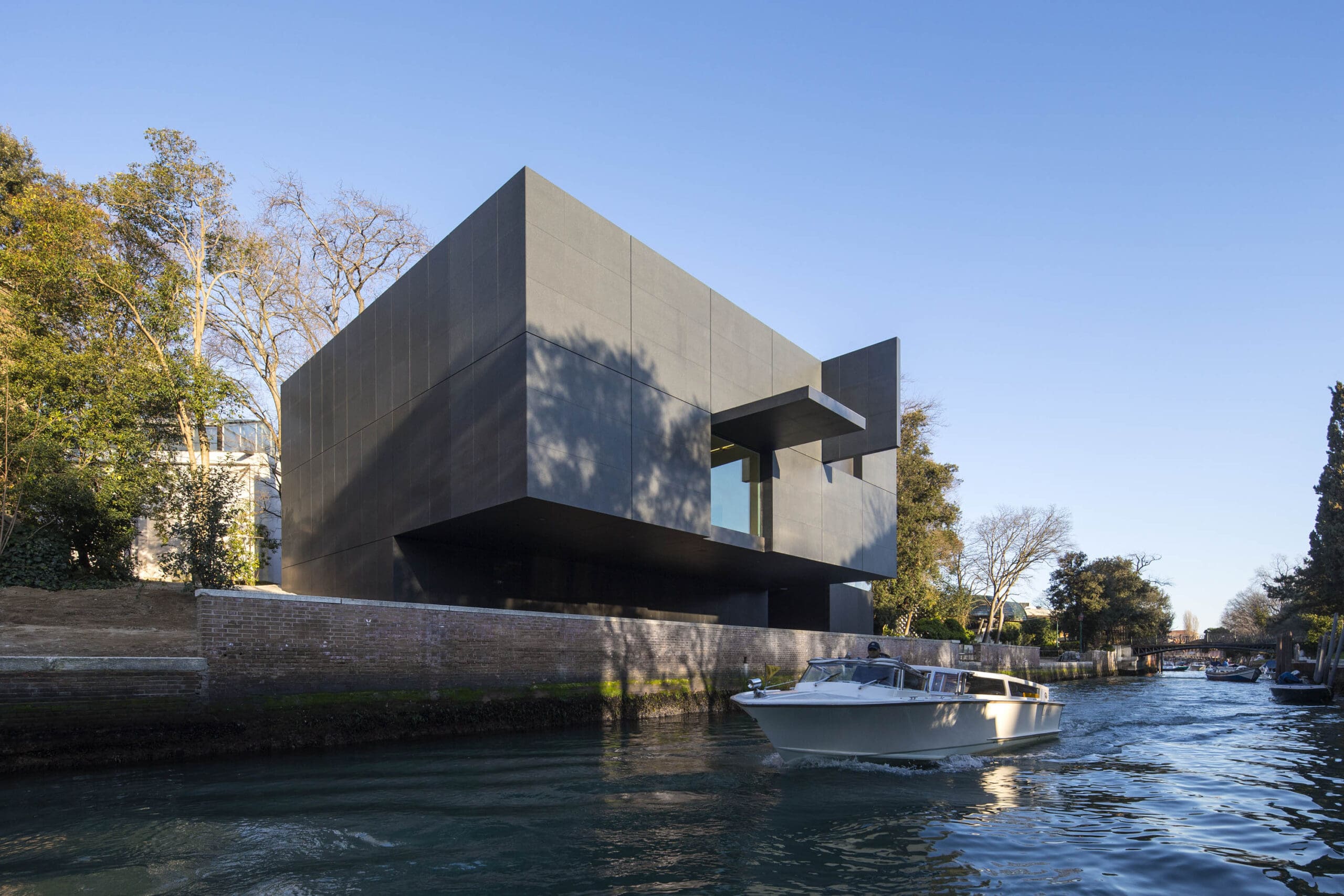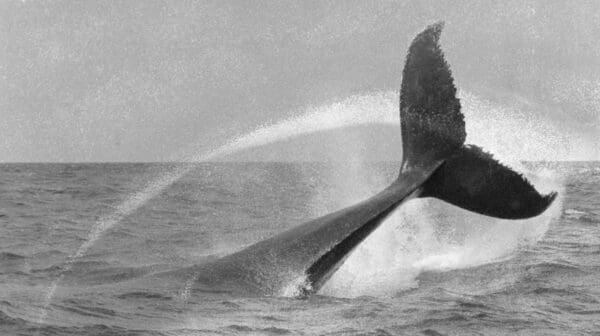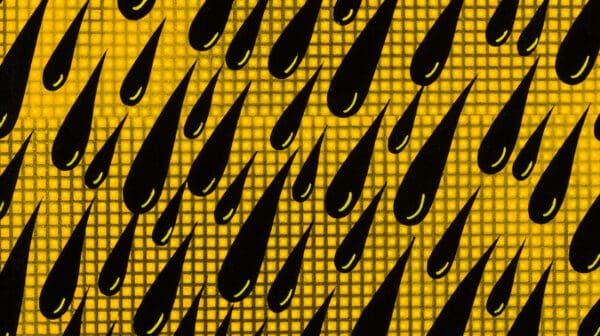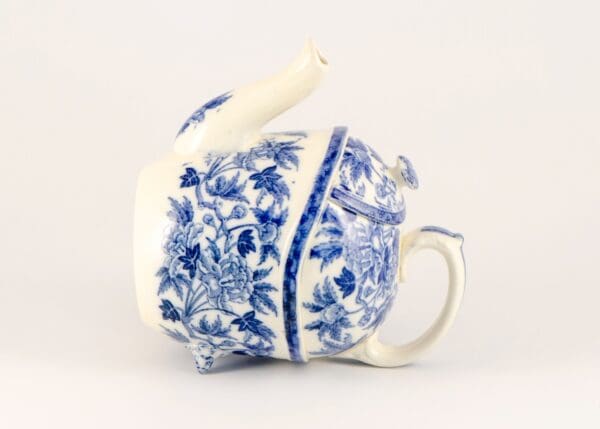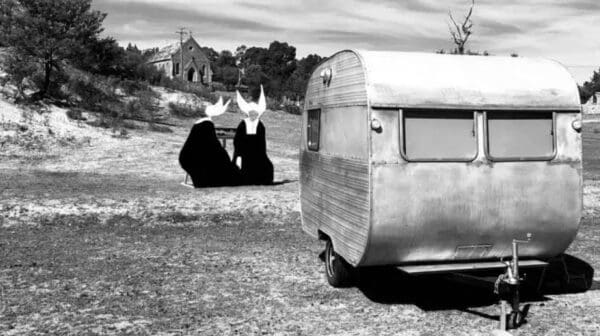When Indigenous artist Archie Moore took a deep dive into his family’s history for his holographic map of identity as Australia’s entry in the 2024 Venice Biennale, he discovered two very different sets of archives.
On the Scottish/British side of his father, who was 62 when Moore was born in 1970 in Toowoomba, there were meticulous records of war service and a great-great grandfather’s convict transportation from London to Australia in 1820, following a commuted death sentence for theft.
On the Kamilaroi/Bigambul side of his mother, who died last year, Moore found letters between police and state officials charged with “protecting” Aborigines, questioning the whereabouts of his grandparents, insisting permission was needed to marry.
“There was a huge amount of surveillance going on,” said Moore at the unveiling of the work’s title, kith and kin, at The Commercial Gallery in inner-western Sydney.
Moore will be only the second solo First Nations artist commissioned by Australia for the Venice Biennale, which begins in April (the first was Tracey Moffatt in 2017).
Having taken a site visit to Venice late last year to see the Australian pavilion, Moore remained tight-lipped on what the artwork would look like, or why he chose to make his map holographic.
“I like to play with language, and it will be revealed,” he said, with a smile, while noting the map “connects life and death, people and places, circular and linear time, everywhere and everywhen to a site for quiet reflection and remembrance”.
Moore said an old English definition of kith dating from the 14th century meant “countrymen” but also “one’s own land”, while kin referred to “family members”.
“Just thinking of Indigenous ways of thinking about the land, the land was part of the kinship system; it could also be a teacher or a mentor or a parent to a child,” he said.
“Every living thing on the land was your kin, part of the kinship system, so I was drawn to that title because it aptly described what I was going to do.”
“Archie is very much looking at his own family history,” said the curator of Australia’s participation at the Venice Biennale, Ellie Buttrose, “but it is very much [also] the history of Australia, it’s a history of the continent, it’s a history of a people that goes back 65,000 years. I think we can all can connect in a different way to stories of family.”
Family photos will inform the Venice work. In his research, Moore found two photos of an Aboriginal great-great-grandmother who was presented by white pastoralists with a breast plate that named her as “Queen Susan of Welltown”, the name of a sheep-shearing property, by a white pastoralist in Bungunya in Goondiwindi, Queensland.
It was the first time he had seen images of her. Moore also found an article that talked about his great-great-grandmother getting the breast plate. “She didn’t like wearing it because it was heavy, too heavy to wear, and cumbersome,” he says. “I felt maybe she was resisting what it represented.”
Moore’s Kamilaroi/Bigambul great uncle, meanwhile, was imprisoned in Brisbane’s infamous Boggo Road jail in 1933, after he “accidentally killed his father in a fight”, which made big news at the time. “There was a dispute over whether his father was giving him his proper wages or not,” said Moore, raising the issue of Indigenous people being denied earnings.
Moore grew up in the tiny town of Tara, 171 kilometres northwest of Toowoomba, and has recreated his childhood family home in four exhibitions called Dwelling. He has increasingly been piqued by the idea of understanding more of his identity, to know more about his father, who was born in 1908, and of Aboriginal forebears pursued by police across borders, forbidden to exercise their own free will.
The 2024 Venice Biennale will run from 20 April to 24 November.

